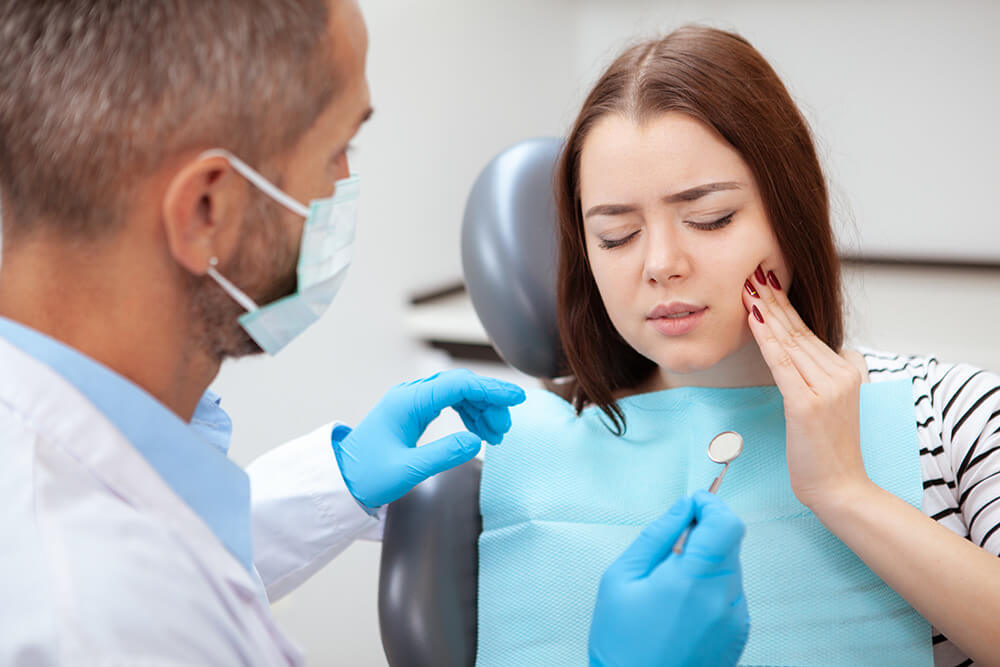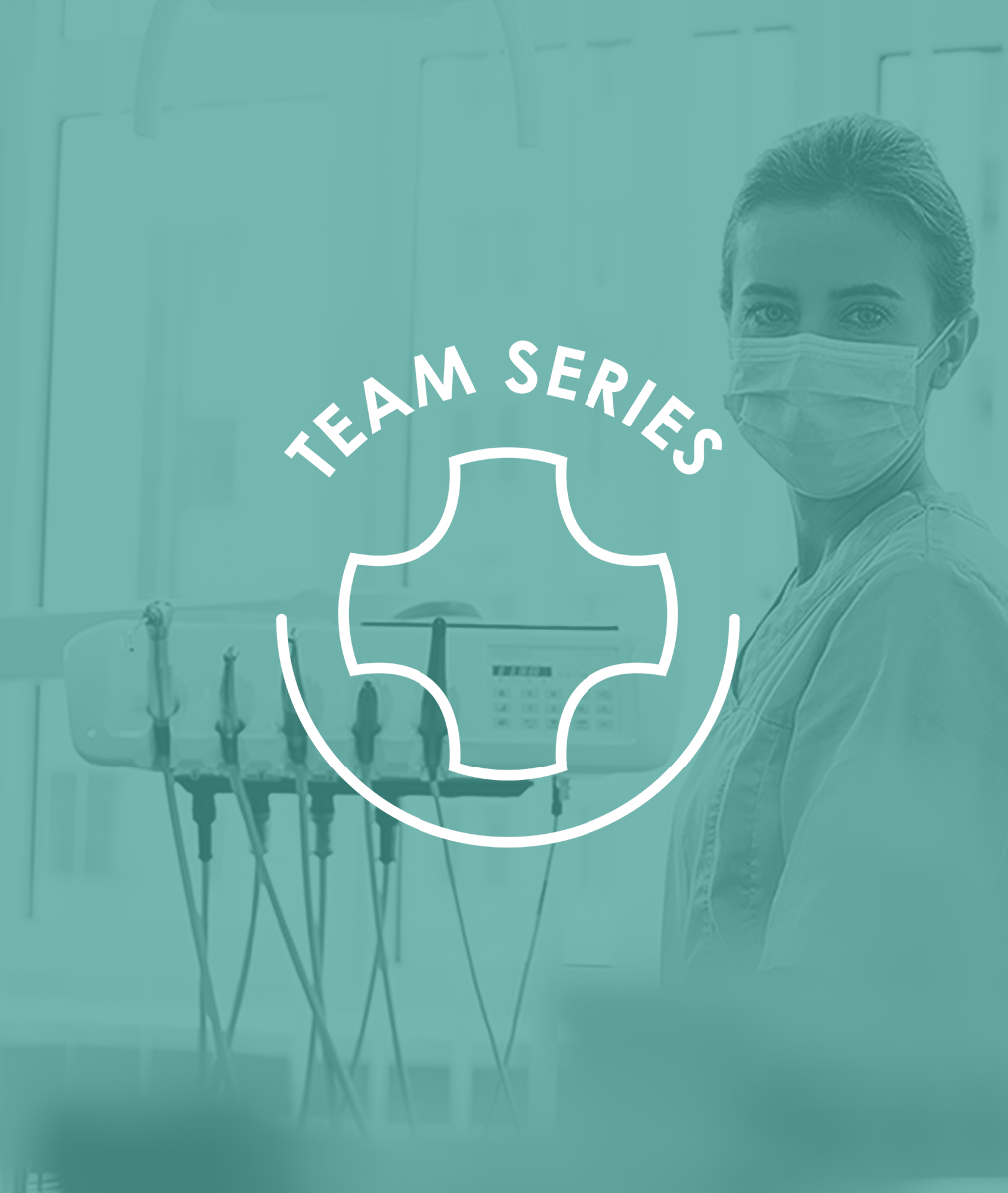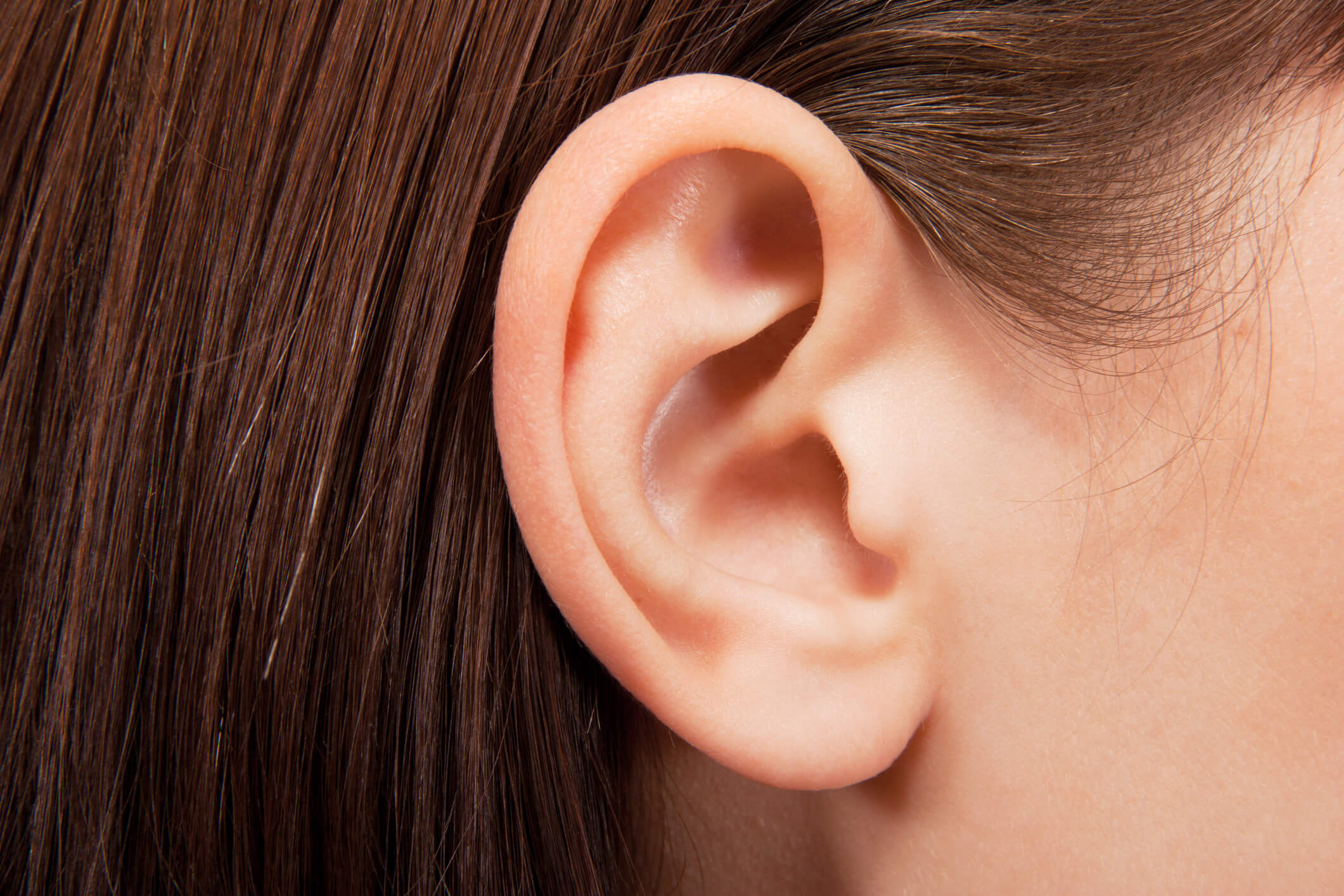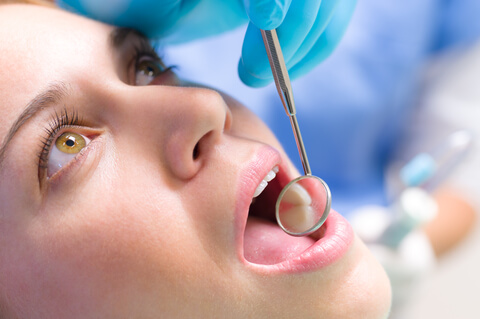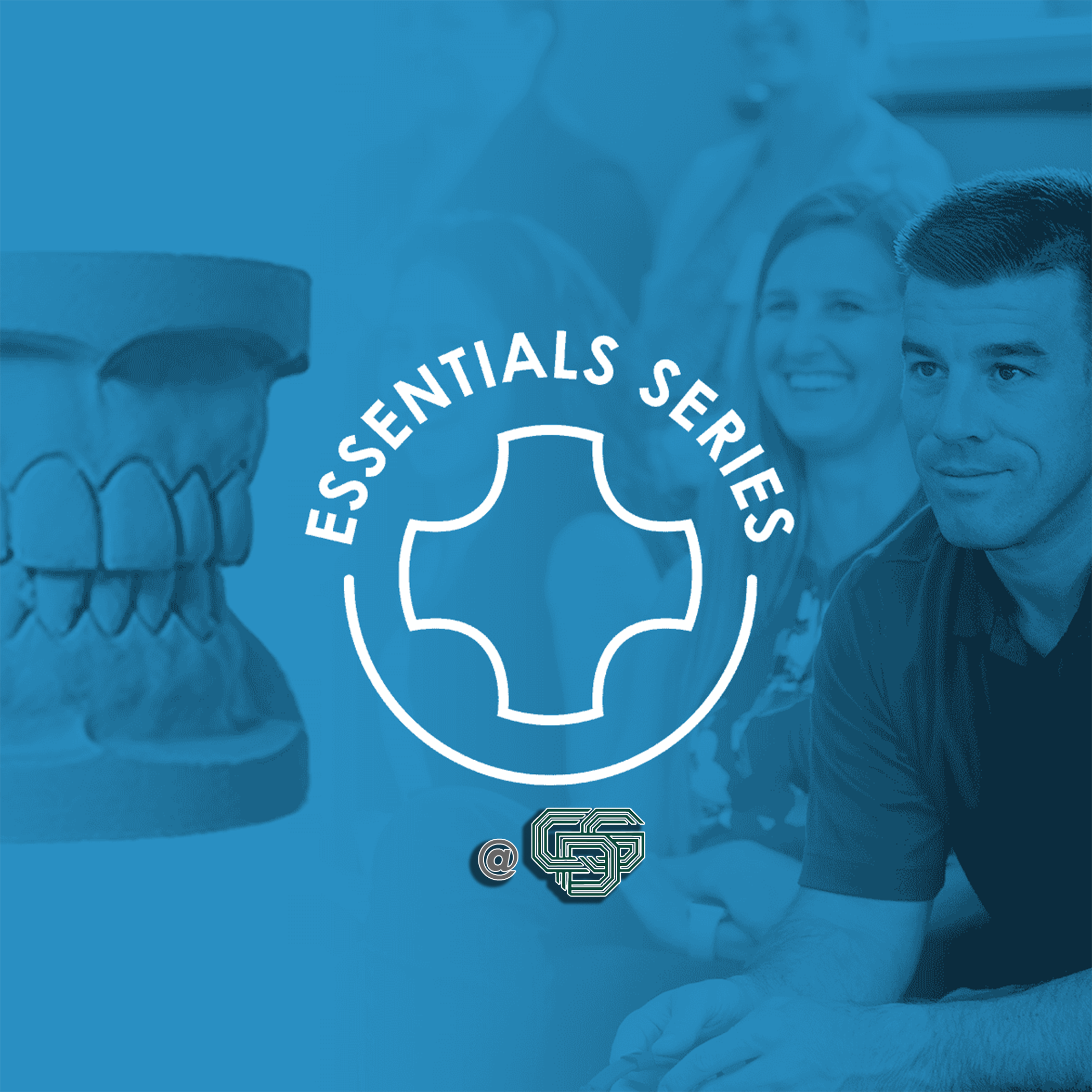Acute Versus Chronic Dental Pain During COVID-19
During this time, while we are working through COVID-19 in our dental practices, some of you are helping patients in need of emergency dental care. One of the “urgent care” challenges we all cope with during normal practice applies during Coronavirus…and maybe in a new way. This challenge is helping patients understand the dental pain they are experiencing and what we can do to address it.
In dentistry, we are accustomed to dealing with patients who have pain. The majority of the time it is acute odontogenic pain. With acute pain, patients seek diagnosis and treatment promptly, reporting that the pain is intolerable and getting in the way of their normal function. When patients seek diagnosis and treatment promptly, standard treatment modalities more predictably eliminate the pain.
However, in the case of chronic pain, when patients are not experiencing an intolerable level of pain and have found ways to function around it, or when the pain is intermittent coming and going over a period of months and patients have not promptly sought help, we have a greater challenge. This is because, when pain occurs constantly or intermittently in the same location for more than 90 days, the neurological system tends to rewire itself. Now, when we treat the original source of the pain with standard modalities, we may not get a satisfactory pain elimination result. The pain has become the diagnosis itself. It has become a pain disorder.
Listening to what the patient tells us, helps us understand whether the pain is acute or chronic. In the case of chronic pain, patients have suffered with it for months and typically report attempting to figure out the source themselves and holding on to the ope that it would just go away. They may have been to more than one clinician seeking a diagnosis. Perhaps, they have had treatment and pain has persisted.
We need to communicate to our patients that we want to diagnose and treat pain before it becomes chronic and that, once the pain has persisted for more than 90 days, it becomes a diagnostic and therapeutic challenge. As we enter the second phase of COVID-19, I have communicated with my own patients that I can see them for urgent care and to please call me if they are in acute pain. We can perform standard treatments for emergency dental needs at this time.
The message for chronic pain sufferers is more challenging. If their lives have become so disrupted that they cannot normally function, I want to help them and can do a teleconference consultation during which we talk about the history of the pain, I help them understand the nature of chronic pain, and we discuss how we can partner now remotely in finding a pain management strategy and later partner in my normal clinical setting.
The relationship we create with our patients, during this time, may be more binding than ever before. Treat these relationships like the most prized jewels.
Acute Pain
Chronic Pain
Communication is Key
Related Course
The Pankey Hygienist: Where Clinical & Behavioral Science Unite
DATE: January 9 2025 @ 1:00 pm - January 11 2025 @ 8:00 pmLocation: The Pankey Institute
CE HOURS: 23
Regular Tuition: $ 3195
Single Occupancy Room with Ensuite Bath (Per Night): $ 345
The Power of Development Hygienists and Dentists: Are you ready for your hygiene appointments to be more effective both clinically and relationally? Can you imagine having a totally fresh perspective…
Learn More>
